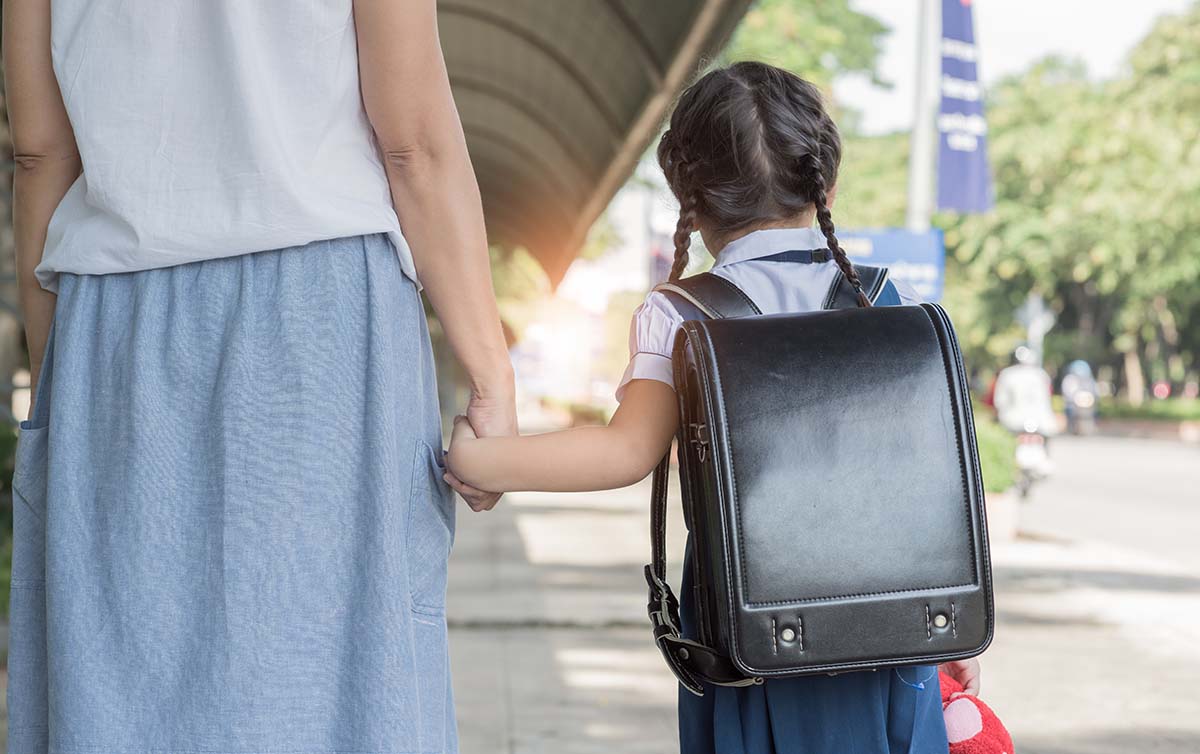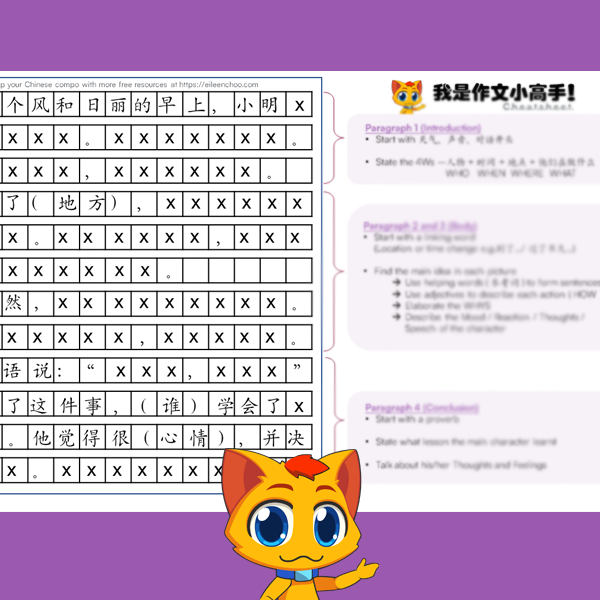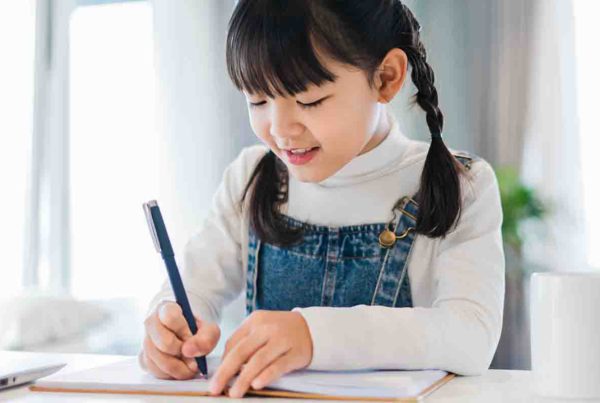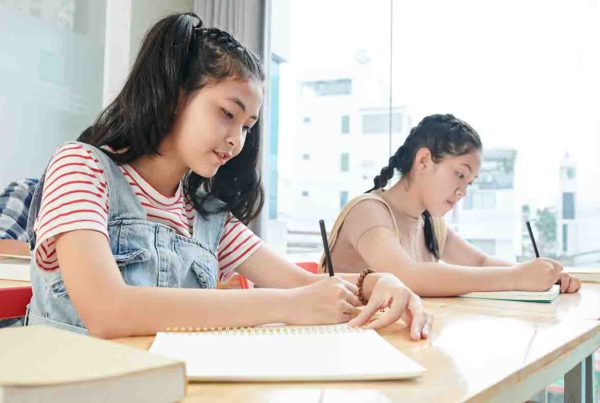
What does my child need to know for Primary 1 Chinese? Are they able to meet the expectations of their primary school?
If you want to help your child cope better in Primary 1, working on Chinese sentences structure should be something that’s on your list.
Besides learning how to read hanyu pinyin and Chinese characters from their textbooks, it’s important for your P1 child to be able to use these words to express themselves in Chinese through simple sentences. They can learn how to write what they say in their conversations gradually, but they do need to get the sentence structure right.
Under the P1 Chinese syllabus, chinese sentence structures are taught through oral conversation practices in school. After going through these sentence building exercises, children will then start to learn how to write simple sentences.
What kind of Chinese sentences do they write in Primary 1?
At the Primary 1 level, your child will learn how to write a sentence for a given picture. This is also known as 看图写句 (kan tu xie ju).
Here are some of the common sentence structure that’s covered:
- (谁) + 要去(哪里) + (做什么)
- (哪里)+ 有 + (什么)+ 和 + (什么)
Knowing these sentence structure in Chinese will not only help them express their thoughts better, but give them the opportunity to use the vocabulary that they’ve learnt in their P1 Chinese textbook as well. The more Chinese characters they learn, the more room they have for creativity when it comes to forming these sentences.
Once they’ve mastered the basic Chinese sentence structures, composition writing in Primary 2 is going to be much easier for them. This also sets the stage for learning more complex Chinese sentence structures as they progress through the other primary levels.
How will your child be graded for their sentence forming skills in Primary 1?
When it comes to grading, don’t fret, Primary 1 is all about practice.
As long as your child can write a simple complete sentence that is relevant to the given picture, they’re good.
Since many children are going through a transition from hanyu pinyin to Chinese characters in P1, the Chinese characters they they write don’t all have to be 100% accurate. It’s understandable if write a hanyu pinyin or two, teachers do give them some leeway for that.
For now, keep things simple. Just get your child to use basic Chinese words to bring their point across and leave the difficult words for later.
What sentence building exercises are there for Primary 1?
Here are some practice ideas that you can do with your child to help them write better sentences:
- Rearrange jumbled words to form a proper sentence (组词成句). This practice will help to increase your child’s sensitivity towards the right sentence structures.
- Play games that encourages them to expand on simple sentences (扩展句子). This is a fun way to help your child learn the art of elaboration.
- Complete a sentence (完成句子). Say part of a sentence and let your child complete it on their own. This trains your child’s creativity and logical thinking at the same time.
What’s next?
When your child has learnt the basics of writing Chinese sentences, they’re ready to move on to form paragraphs in Primary 2!






